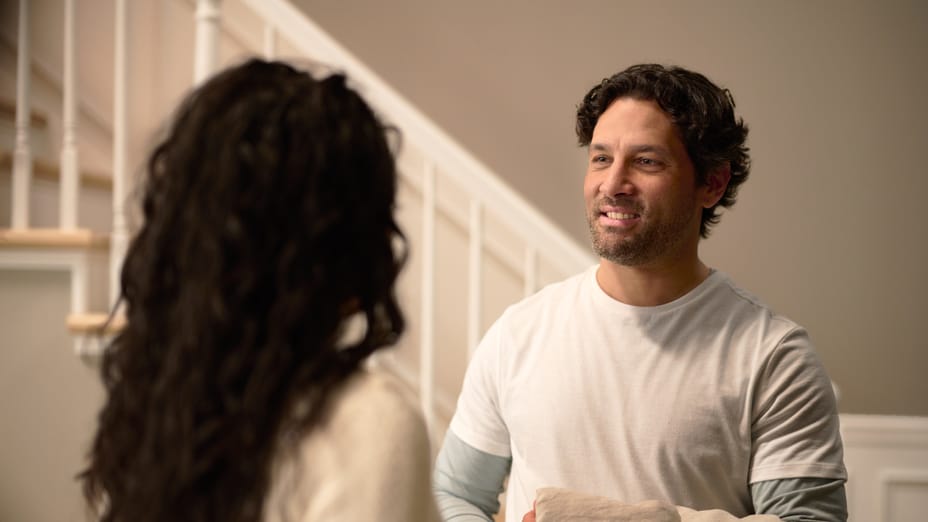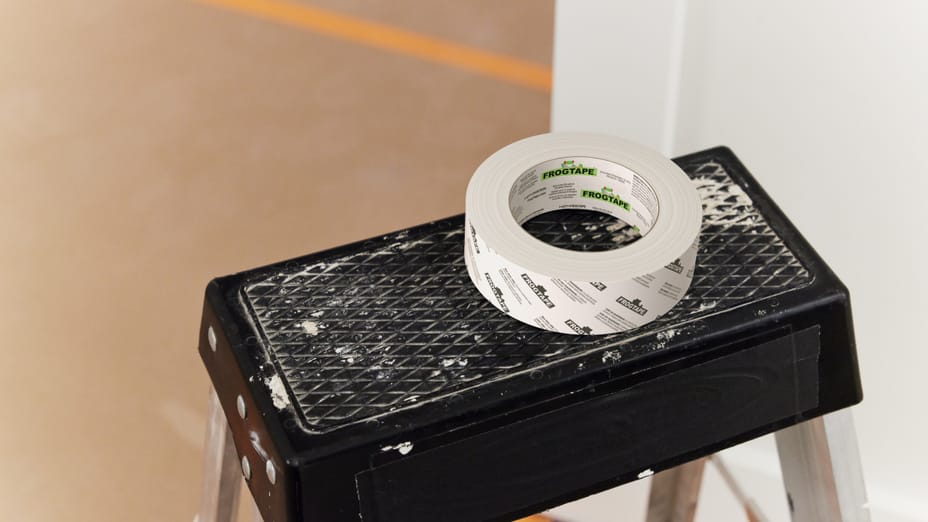By Diane Walsh, VP of Market Development & Channel Management for Shurtape Technologies, LLC
Building an estimate is more than compiling a packet of negotiable numbers. It is the start of a relationship that will flourish or fail.
Every interaction with a client—prospective or current—is a chance to nurture that relationship. It’s easy to forget that the estimate process is a prospect’s first interaction with your business, as well as your first opportunity to impress them with clarity and professionalism.
A poorly-written estimate can generate misaligned expectations, unforeseen obstacles or additional costs that damage your reputation—and your bottom line. An estimate that clearly defines costs, offers specifics about the type of work to be done and outlines an easily understood scope will protect the bottom line and potentially lead to additional work.
For insight into best practices in the bidding process, we turned to the experts at John Neill Painting, a residential painting and remodeling company that has served customers along Philadelphia’s exclusive Main Line for 42 years. The company is widely known for quality craftsmanship and superior customer service.
Brother and sister David and Suhaiba Neill are members of the second generation active in the business. They work hard to carry on the company’s knack for turning initial requests for estimates into satisfied—and returning—customers. Here are 5 tips from their time-tested process.
Sweat The Details
Make a checklist of common oversights for your estimator to review and be aware of — from site setup to prep work to color.
John Neill Painting’s estimate process focuses on even the most miniscule details. For example, says Suhaiba Neill, their estimators are trained to consider color changes in their write-ups.
“Some companies may overlook that the transition from light to dark or dark to light will require a different number of coats,” she explains. “Our estimators also pay special attention to correcting surface imperfections ahead of time to ensure accurate time estimates.”
Be Specific About What Is And Isn't Covered
John Neill Painting’s estimates explicitly state what is not included. That may sound counter-intuitive, but “confusion on either end is the root of strained relationships,” Neill says. “Clarity keeps it simple.”
Small oversights can cost a fortune—in labor and in reputation. The level of preparation and precision involved in estimating at John Neill Painting has been refined over time to eliminate costly oversights. The details not only help manage the expectations of the customer and the team at John Neill Painting, they also fulfill the brand promise of the organization: quality craftsmanship and superior customer service.
Delineate Estimates Room By Room
John Neill Painting’s estimators bid on jobs room by room and delineate their estimates in terms of hours and gallons of paint. For exterior estimates, they walk the perimeter of the house and do the same. The approach of delineating and standardizing the approach to each room of a home helps to maintain precision when figuring in the hourly value of irregularities, such as door and window frames.
Move The Estimating Process Forward Swiftly
Your initial conversation with a prospective customer should ideally cover timeframe, budget and site-specific considerations — and you should use this conversation to schedule a face-to-face appointment if the initial one was not. Locking an inbound lead into a personal visit initiates the sales cycle before the prospect has time to waver. It also gives you a reason to capture additional information about the lead—and an opportunity to add a personal touch.
“Collect the minimum amount of information you need to continue forward in the sales cycle,” Neill says. “This could be as little as a name and phone number. An email is great, but we like to engage the client personally as soon as possible. So, a phone number is best for us.”
After the site visit, be sure to turn the estimate around quickly and attentively.
“We take the time to see every estimate through, whether we hear from the prospective client or not,” Neill says. “They get the estimate within 24 to 48 hours and in the format they request.”
Keep It Personal
“It’s not just an estimate,” Suhaiba Neill says. “It’s establishing a relationship with the customer to make them more comfortable with us.”
Always invest time in follow-ups. Neill says the additional time and labor invested in providing personal attention generates brand-positive interaction, and it provides an opportunity to shine when the green light is given.
If a repeat client requests an estimate, maintain relationships between your team and repeat customers by sending out the same estimator whenever possible.
“Our operation is built on personal relationships, Neill says. “It’s central to our model.”
Building Better Estimates Is The Foundation For Building Repeat Business
Turning leads into business and business into repeat business has been the model at John Neill Painting for years. Repeat customers are the product of a good estimate, which in turn is the product of a good system.
When the client doesn’t realize how much prep went into an estimate, you’re probably on the right track.
“We do our best to make a great first impression and then improve at each opportunity to present our brand,” Neill says. “We’re not just trying to sell things; we’re building relationships.”
About the Author
Diane Walsh is Vice President, Market Development for Shurtape Technologies, LLC, maker of FrogTape® brand Painter’s Tape. She directed the Shurtape Professional Paint Advisory Board, working with leading contractors across the country to explore industry trends and share insights for the benefit of the entire trade. She also served on the PCA Residential Forum Board of Directors for seven years and was named the PCA Associate Member of the Year in 2018.





